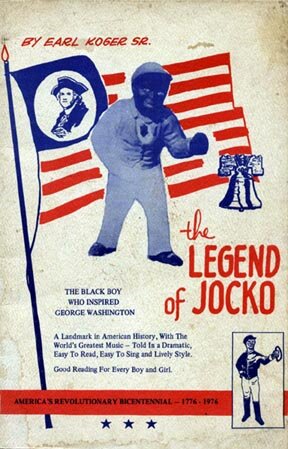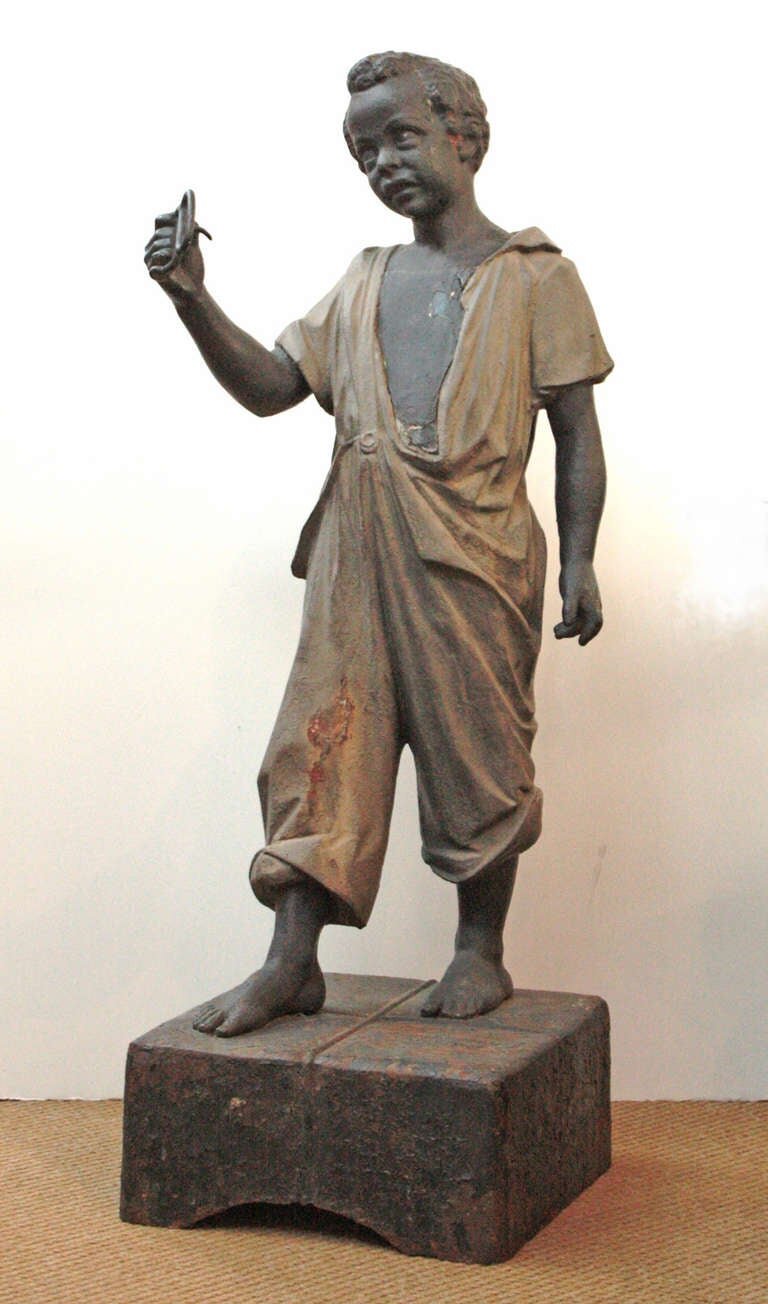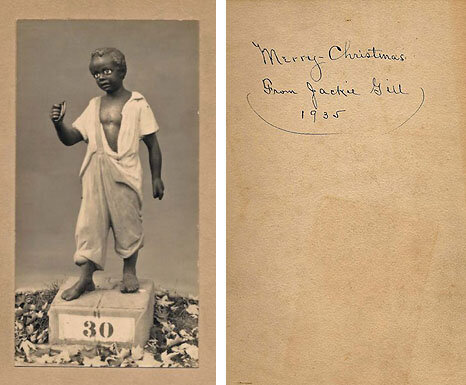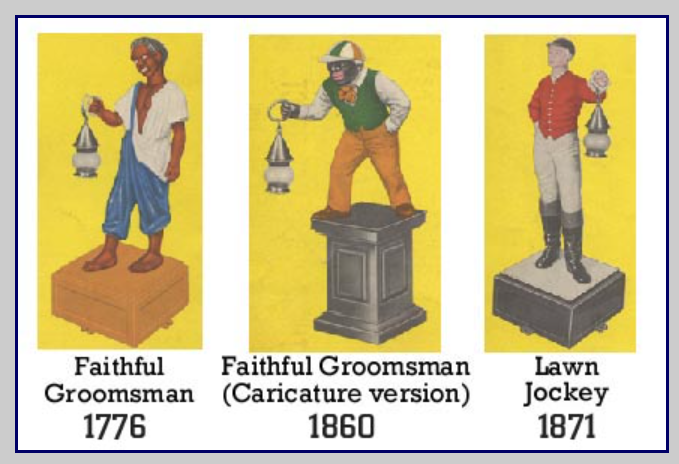The Faithful Groomsmen
Two month’s ago I had a reoccurring dream of a little black boy in tattered clothing holding a lantern. We would walk down a dark trail and at the moment before the trail ended the boy would stop frozen in his tracks with the lantern still swinging back and forth. A couple days later ,I had a revelation, I knew who the boy was and decided to create a portrait in his memory.
It is was 3 a.m. on December 26, 1776, George Washington's colonial army in Pennsylvania crossed the Delaware river and attacked the British at Trenton, New Jersey. Legend has it Washington's groomsman, a 12-year-old slave boy named Jocko Graves, stayed on the Pennsylvania shore taking care of Washington's horses, holding up a lantern to mark the location. In 1776, a "groomsman" referred to "a man or boy in charge of feeding, conditioning, and stabling of horses."
Recorded history documents two colonial army deaths in the Battle of Trenton, was a significant victory for the colonials. Two soldiers froze to death on the river crossing, not killed in combat. But legend tells of one more casualty. Little Jocko, was found frozen to death on the Pennsylvania shore while still holding the lantern when Washington returned at noon on December 26, 1776. Upon his return to his Mount Vernon, Virginia home, Washington was so inspired by Jocko's heroism, he commissioned a cast iron statue of Jocko holding a lantern and called it the "Faithful Groomsman". During this time, Christmas was not an elaborate celebration at the time. The "Christmas" theme of the Jockey would become a trend during this time, making Jockey statues with lanterns the first "Christmas Lights".
During the 1850s-60s the Faithful Groomsmen were used to point the way to freedom north along the "Underground Railroad" for runaway slaves, a network of "safe houses" protecting escaping slaves from slave hunters. According to oral tradition, if no slave hunters were near, the sympathetic agent lit Jocko's lantern or tied a bright cloth to his arm to signal "welcome". Without this sign, fugitive slaves hid elsewhere until the coast was clear, or moved on to the next safe house. Also, dressing the statue in a striped shirt meant that a fugitive slave could obtain a horse. A blue sailor waistcoat meant the station master could deliver the fugitive to a port and a ship.
Over time, the statue’s original form changed, and its origin story was forgotten. The statue became known as “The Lawn Jockey” and by the mid-nineteenth century was usually depicted as the racial “Sambo” character, with very dark skin and big protruding lips. It was also often used as a hitching post for horses and made out of cast iron, while others were used as ornaments for front lawns.
When I see Lawn Jockeys, I see the silhouette of the spirit of Jocko in the statue, I imagine him holding his lantern with a determination to see that his comrades would know how to return to camp after the fighting ended, I also see him as a beacon of sacrifice and liberty.





